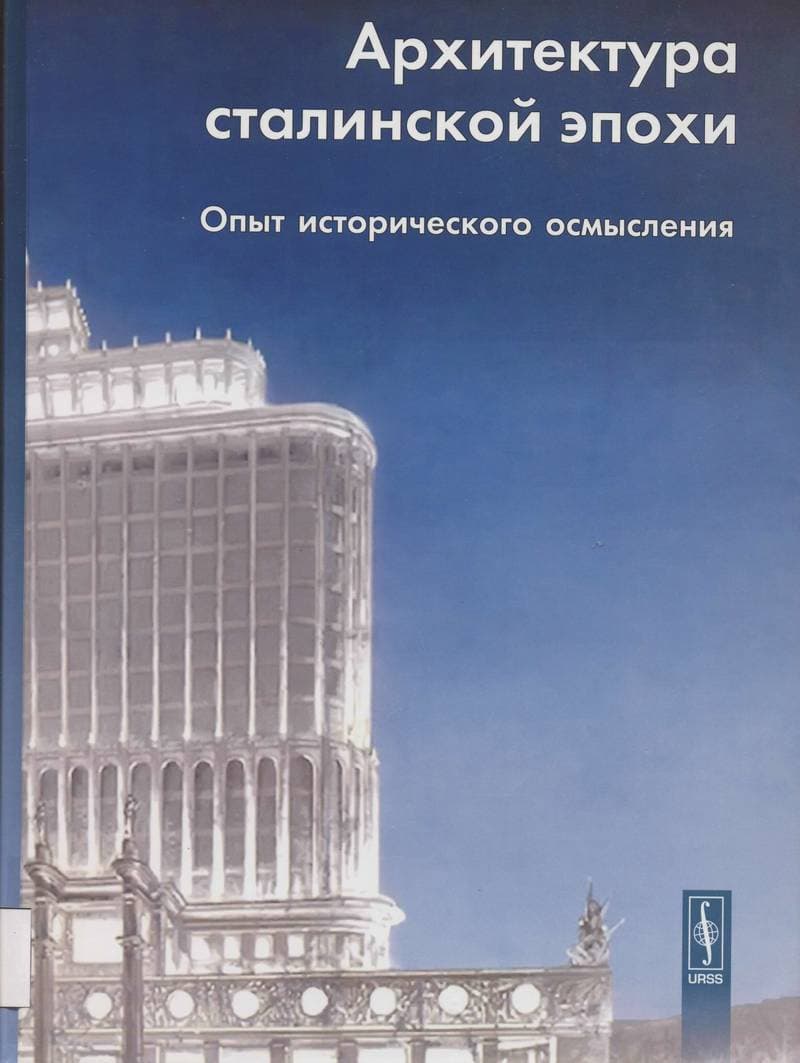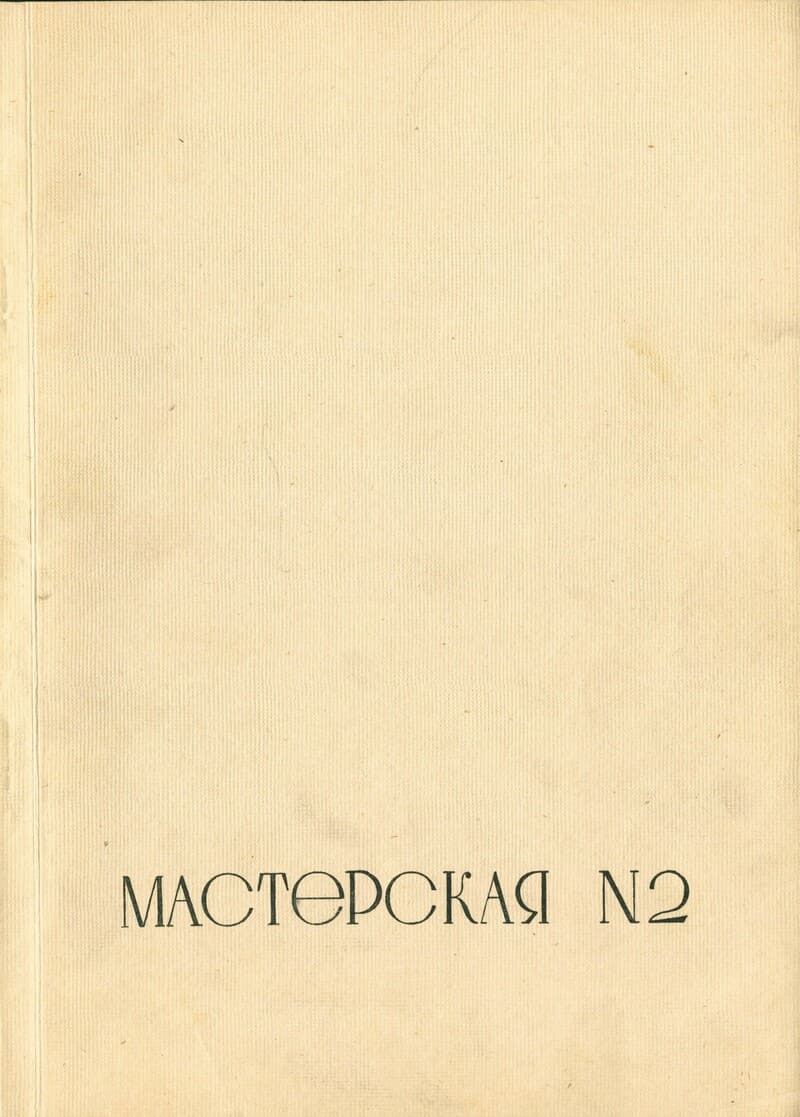Architecture and Ideology in Eastern Europe During the Stalin Era: An Aspect of Cold War History
In the midst of the current statue toppling, this book records in over 200 illustrations the government‑planned buildings, cities, parks, and monuments from the Stalinist postwar period in Eastern Europe, providing a valuable record and analysis of the relation between architecture and the state in Poland, Czechoslovakia, Hungary, Romania, Bulgaria, and former East Germany. Very little has been written on architecture and politics during the Cold War period for any country, and next to nothing is known about the architecture, or about state policies reflected in the architecture, of Eastern Europe. Åman not only illuminates these issues but also reveals the influence they had on the course of architectural history in the West. Following an overview of the Stalinist era and the ideological spread of Socialist Realism, Åman investigates several buildings in detail monumental structures such as the Palace of Culture in Warsaw and Stalinallee in East Berlin — and the socialist cities of Stalinstadt, Nowa Huta, Sztálinváros, and Dimitrovgrad. Sketching the lives of eight selected architects, he illuminates how their profession was affected by Socialist Realism.
Details
New York City
1992
296 pages
9780262011301
Available on request
Yes
Yes
720.95 Ama
1
- Ленинградский Дом Советов: архитектурные конкурсы 1930‑х годов2006
- Академия художеств. Архитектурный факультет. Сборник композиционных работ студентов1929
- Постконструктивизм: Власть и архитектура в 1930‑е годы в СССР2019
- Мастерская № 101936
- Мастерская № 111936
- Архитектура сталинской эпохи: Опыты исторического осмысления2010
- Vladimir Paperny. Architecture in the Age of Stalin: Culture Two1995
- Мастерская № 61936
- Кладбище соцгородов: градостроительная политика в СССР 1928–1932 гг.2011
- Мастерская № 71936
- Мастерская № 11936
- Мастерская № 21936












